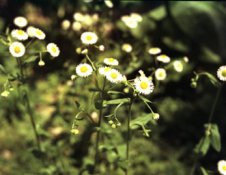Ryuji
Member
Hello,
I'm working on cross processing lately. For the first time I used Ektachrome EPT (160T) shot under daylight and processed normally in C-41. When I searched on the internet and here, I've found a few comments to shoot it at EI 100 to 125. However, my negs came out way too dense, with noticeable highlight "clipping." This time I felt like going for a challenge so I shot mostly street scene with panoramic camera, so the subject brightness range was very difficult for reversal film to begin with. If blue sky clips, I understand it (because it's originally very blue sensitive for tungsten balance) but red emulsion seems to clip as well. So I'm suspecting that EPT might be best shot at EI 200 or so under daylight. What do experts have to say?
I know most EPP shooters rate it at EI 100. But what about other films, especially tungsten balanced films?
I'm working on cross processing lately. For the first time I used Ektachrome EPT (160T) shot under daylight and processed normally in C-41. When I searched on the internet and here, I've found a few comments to shoot it at EI 100 to 125. However, my negs came out way too dense, with noticeable highlight "clipping." This time I felt like going for a challenge so I shot mostly street scene with panoramic camera, so the subject brightness range was very difficult for reversal film to begin with. If blue sky clips, I understand it (because it's originally very blue sensitive for tungsten balance) but red emulsion seems to clip as well. So I'm suspecting that EPT might be best shot at EI 200 or so under daylight. What do experts have to say?
I know most EPP shooters rate it at EI 100. But what about other films, especially tungsten balanced films?













